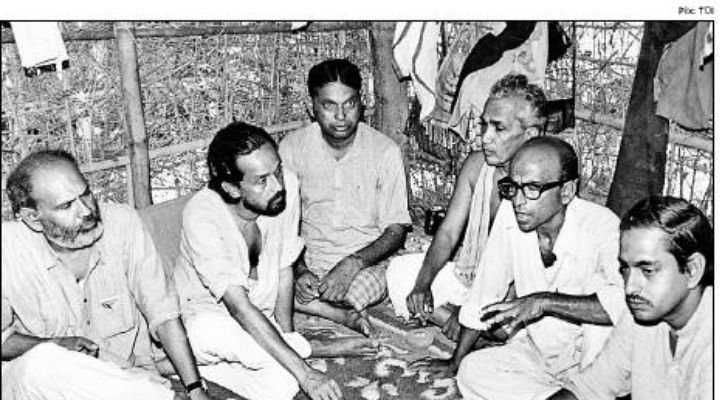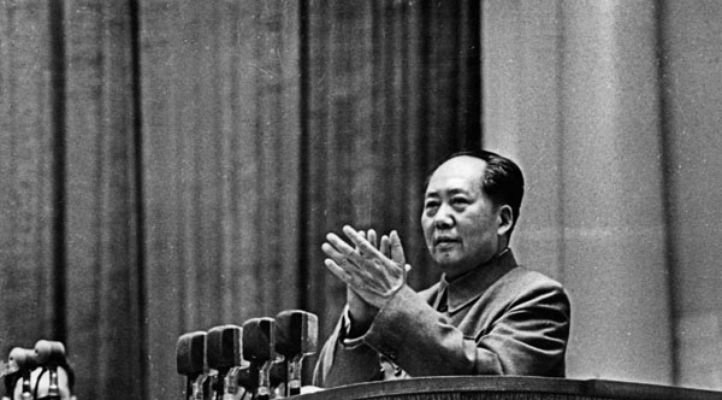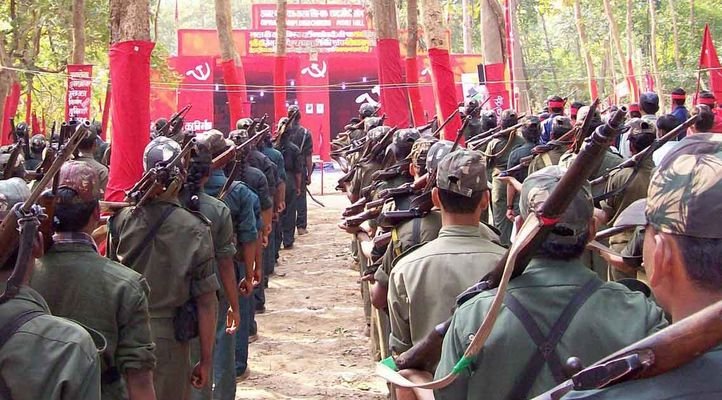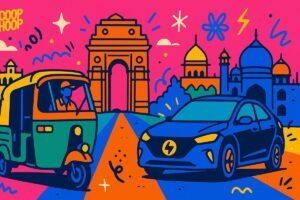Over the years the terms Naxalism and Maoism have been indiscriminately interchanged and people do not seem to know the difference between the two movements. This confusion has a great deal to do with the fact that in India, Naxalism and Maoism are inherently the same thing. Although their ideologies do differ and their moment of inception is different, they have, over time, fused into a single movement.

Naxalbari uprising 1967
Most scholars believe that the Naxalite movement in India owes its origin to this particular event.
In 1967 the Naxalbari village in the Darjeeling district of West Bengal, broke into a revolutionary struggle. Poor and landless peasants, tea plantation workers and tribals rose up against years of oppression and poverty. The uprising may have been bubbling under the surface for years, but it was instigated by the attack against a tribal youth who happened to be ploughing his land.
Before this uprising, the communist movement in India was dominated by revisionism or phoney communism. The criticism was that the Communist Party of India (CPI) had given up its roots of revolution in favour of a ‘parliamentary road’ to power. In light of the revolutionary practices of Mao Zedong and the Communist Party of China in the early 1960’s, certain cadres of the CPI were influenced. They set up a revolutionary opposition to the CPI leadership. They began training the cadre of the Darjeeling district, and thus in 1967, the Naxalbari revolution took place. This revolution was the origin of the Naxalite movement.
Naxalism
Even though the government managed to regain control after the uprising, the real winners were the Naxals. The movement drew thousands of people from around the country. Farmers, landless peasants, students, all united to stand in opposition to the capitalists. They challenged everything reactionary – from the semi-feudal relations in the countryside to literature, from the moneylenders to the Soviet revisionists. When US Secretary of Defense McNamara landed in Calcutta, a massive demonstration at the airport against US imperialism and in support of the Vietnamese people forced him to take off again.

Ideologically they believe in Maoism, however, they are also influenced by the Marxist-Leninist schools of thought. Politically Naxalism was formed when the CPI split in the early 1960’s to form the Communist Party of India (Marxist and Leninist). The new party influenced by the surge of revolutionary communism around the world believed in training the proletariat to overthrow the government.
Maoism
Maoism is a political theory developed around the 1950’s and 60’s. It is derived from the teachings of revolutionary Chinese leader Mao Zedong. It is often considered as an anti-revisionist form of Marxism-Leninism, and was widely applied as the political and military guiding ideology of the Communist Party of China and as a theory guiding revolutionary movements around the world.
Holding that “political power grows out of the barrel of a gun”, Maoist thought emphasises the revolutionary struggle of the vast majority of people against the ruling classes and the state structure. Mao called this the People’s War: Mobilising large parts of rural population to revolt against established institutions by engaging in guerrilla warfare.

In India, Maoism is represented through the Communist Party of India (Maoist) . Much like traditional Maoist thought, the CPI (M) aims to overthrow the Indian government through peoples’ war. It was founded through the merger of Communist Part of India (ML) and the Maoist Communist Centre India (MCCI). CPI (M) does not believe in power through parliamentary process, they believe in an armed over throw of the government and are therefore condemned by the Central government.
So what is the difference?
In short, there isn’t much difference. Both movements believe the government should be overthrown, both believe the use of violence is necessary and both have used violence to exert their power.
The only real difference, is that one is born of a movement in a remote village in India, whereas the other is derived from academic thought of a great leader in China. Both want to over throw imperialist power structures and believe western influence in the form of free markets and capitalism should not exist in India. They fight for the poor, the landless and the under represented. However, the manner with which they do so has termed them terrorists and unlawful.

In short, the easiest way to understand Maoism and Naxalism is this – All Naxalites are Maoists, however, all Maoists are not Naxalites.

















